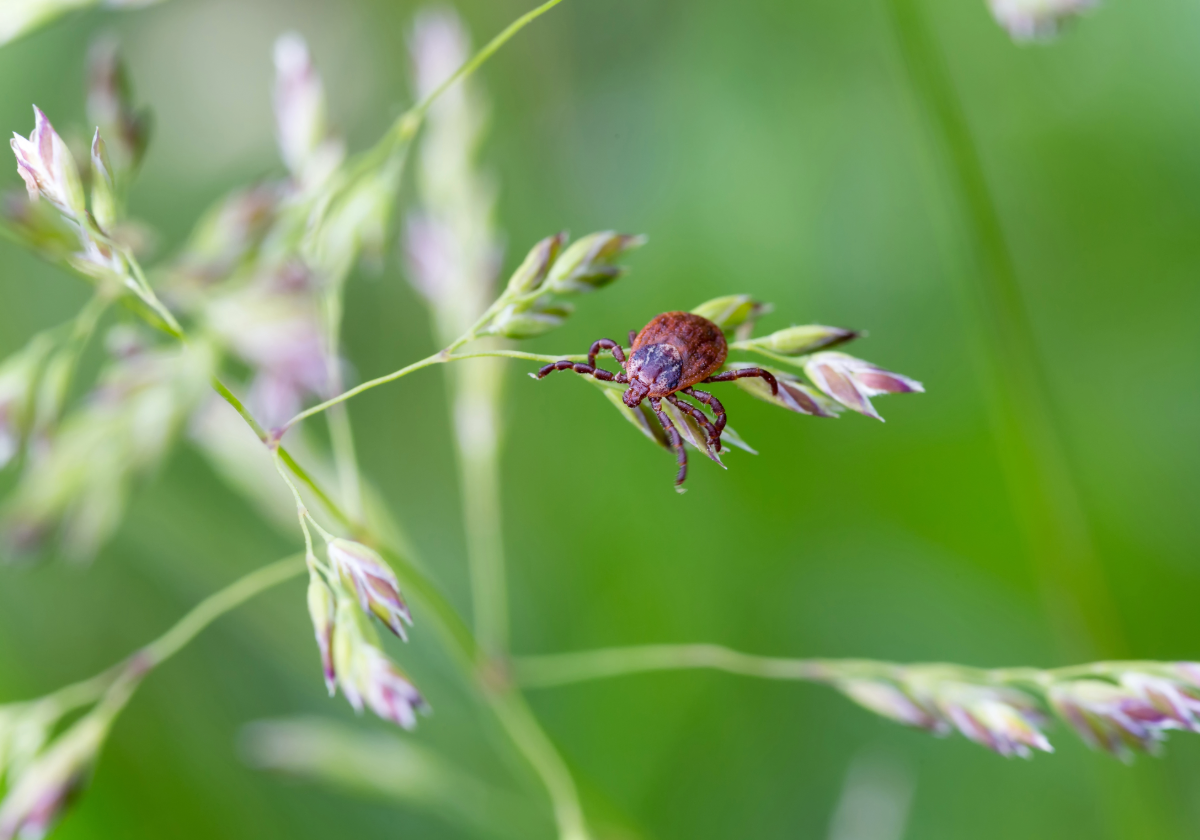Many people may not think of the pest control industry as green, but it has been getting greener and greener for many years, and the best way to make an industry green is to educate that industry and for it’s customers to request green options. So, are heat treatments green? Yes and No; let’s examine it.
In a home, it used to be flea treatments were one of the most
intrusive treatments because they used three different materials,
two insecticides and one insect growth regulator, to solve the
problem and often times, depending on products chosen, the
homeowner would need to leave for a few hours. People, rightly so,
asked lots of questions. They wanted the fleas gone, but we needed
to treat many more surfaces than when we treat for things such as
spiders or ants. Yet, interestingly enough, they didn’t have a
problem feeding their pet an oral flea treatment that has one of
the same active ingredients we use at 100 times the dosage without
questioning it.
I say all this because treatments for bed bugs are similar, to an extent, as that for fleas. Except that now we often have to treat the mattress and/or box spring, which historically was not a site we could treat with most products.
So, given the intensive nature of bed bug treatments, and how one
treatment usually doesn’t do it, if one could use heat and lessen
or eliminate the need for pesticides, wouldn’t that be considered
green? This is the yes part.
The no part could be that to generate the heat we need, we are using a lot of energy, in the form of electricity, perhaps from diesel fuel or perhaps propane.
Since Adam’s offers heat treatments for bed bugs, are we being green?
I’m not 100% positive, and would like some feedback; But, I do know
this – we offer heat treatments in part to lessen the pesticides
needed, but more so to solve the problem quickly – within hours –
which pesticides don’t do, offering our customers the fastest
relief available.




